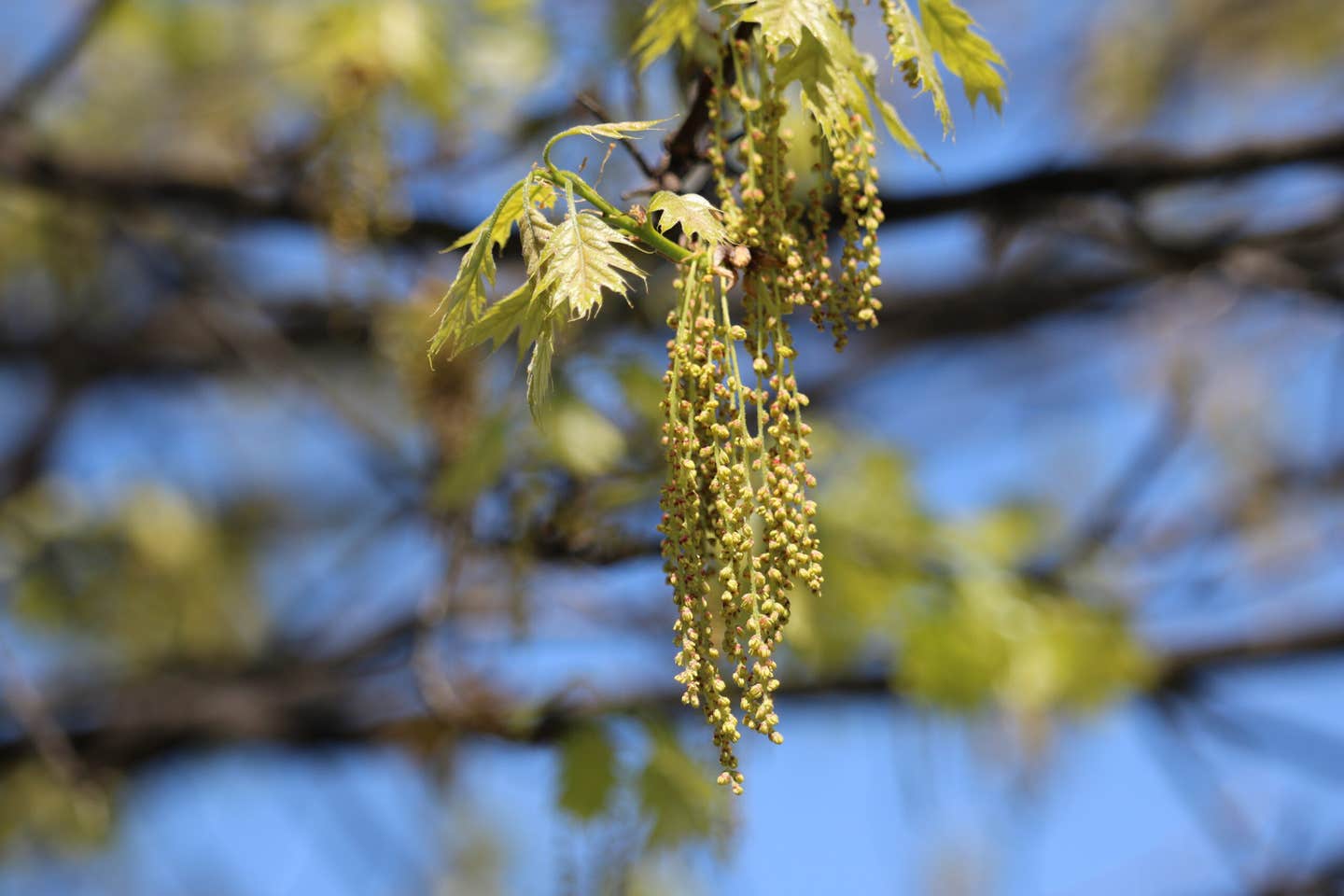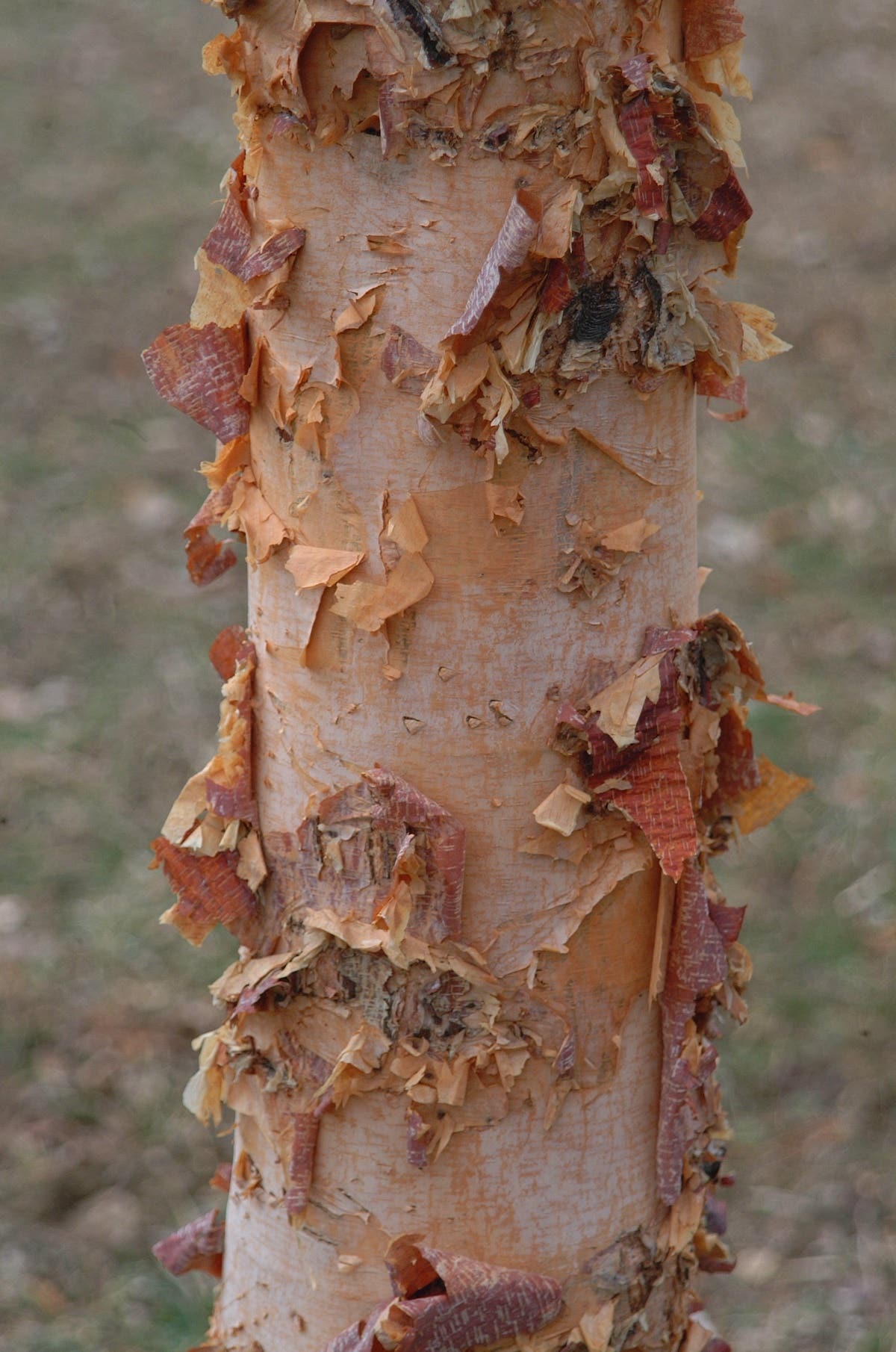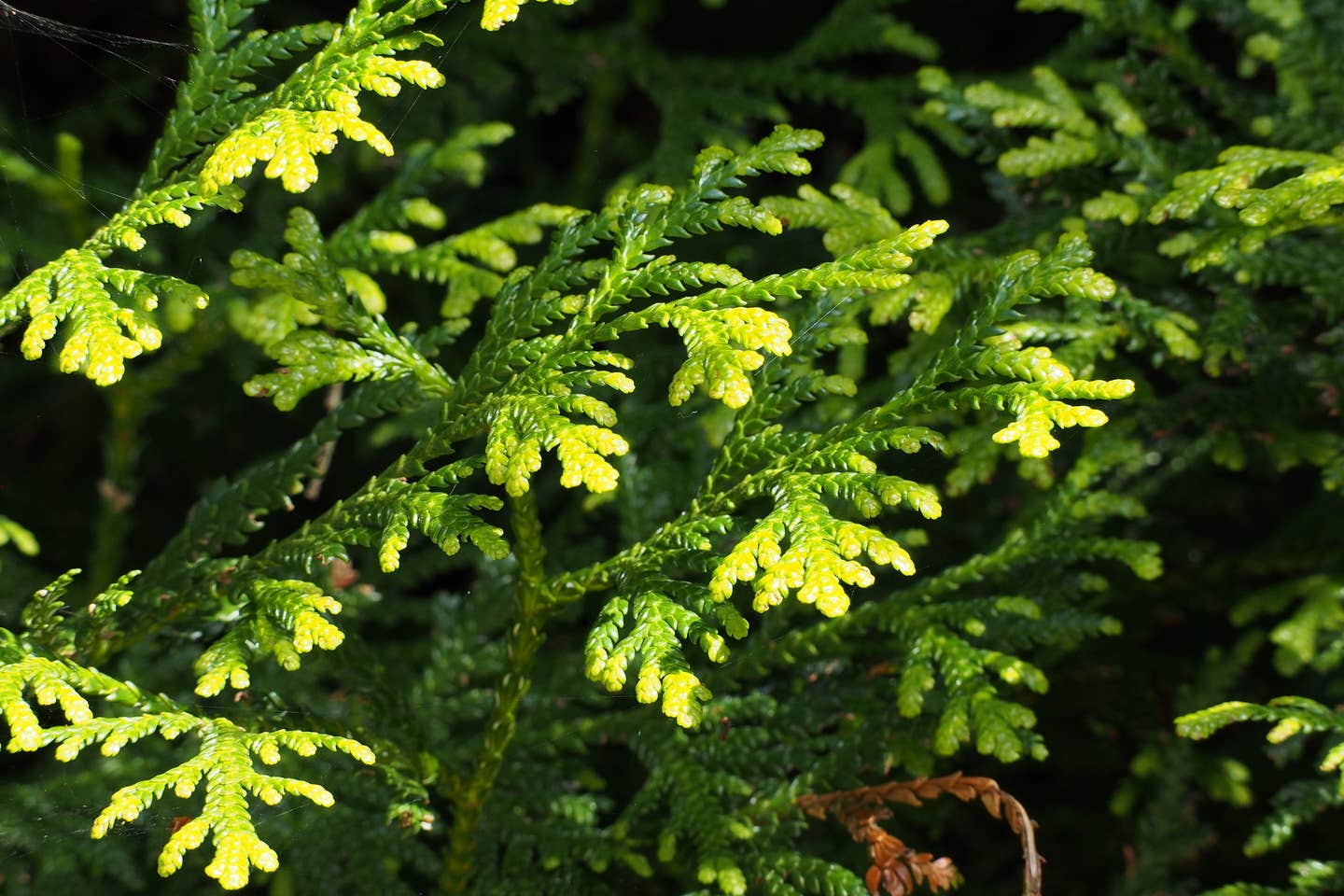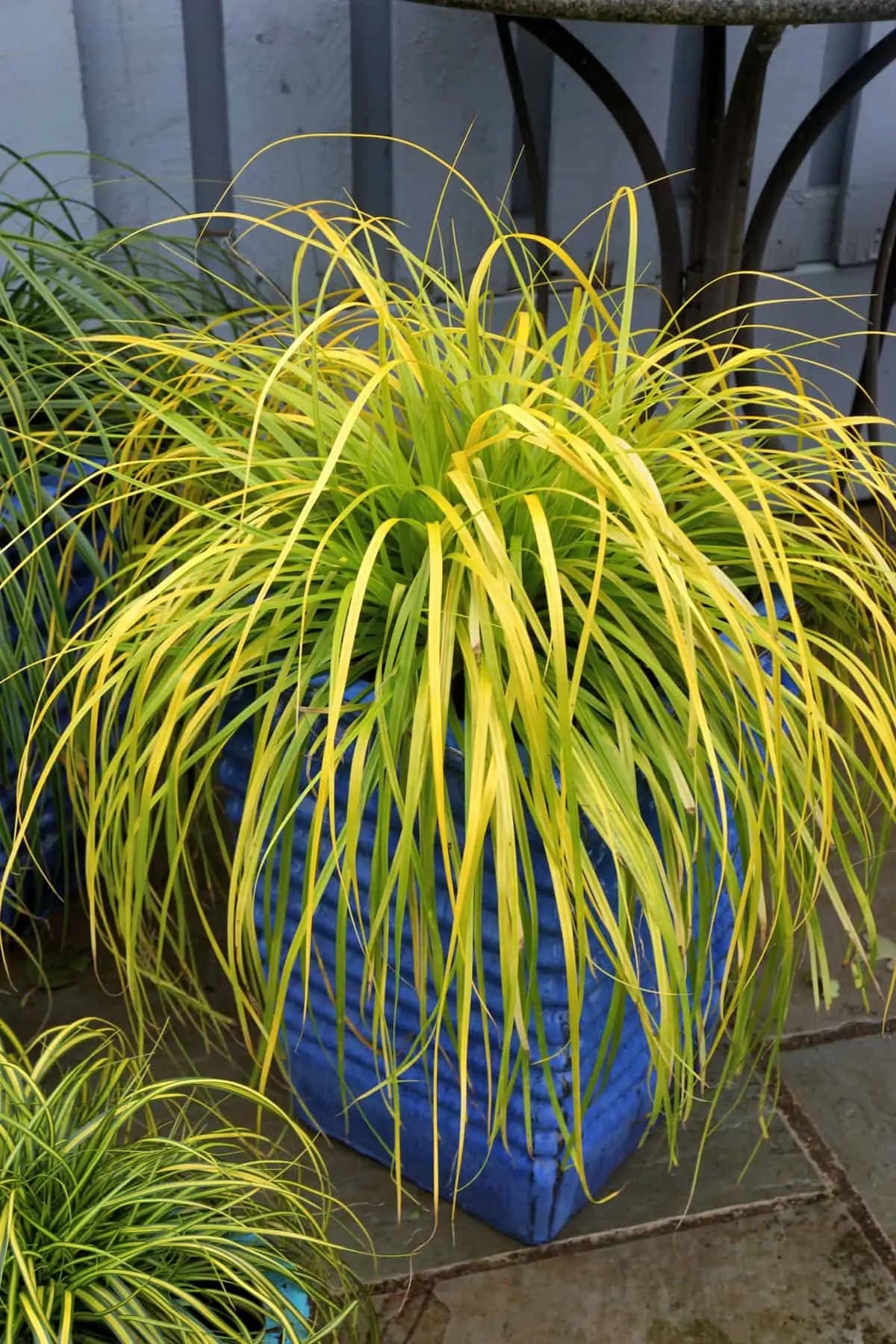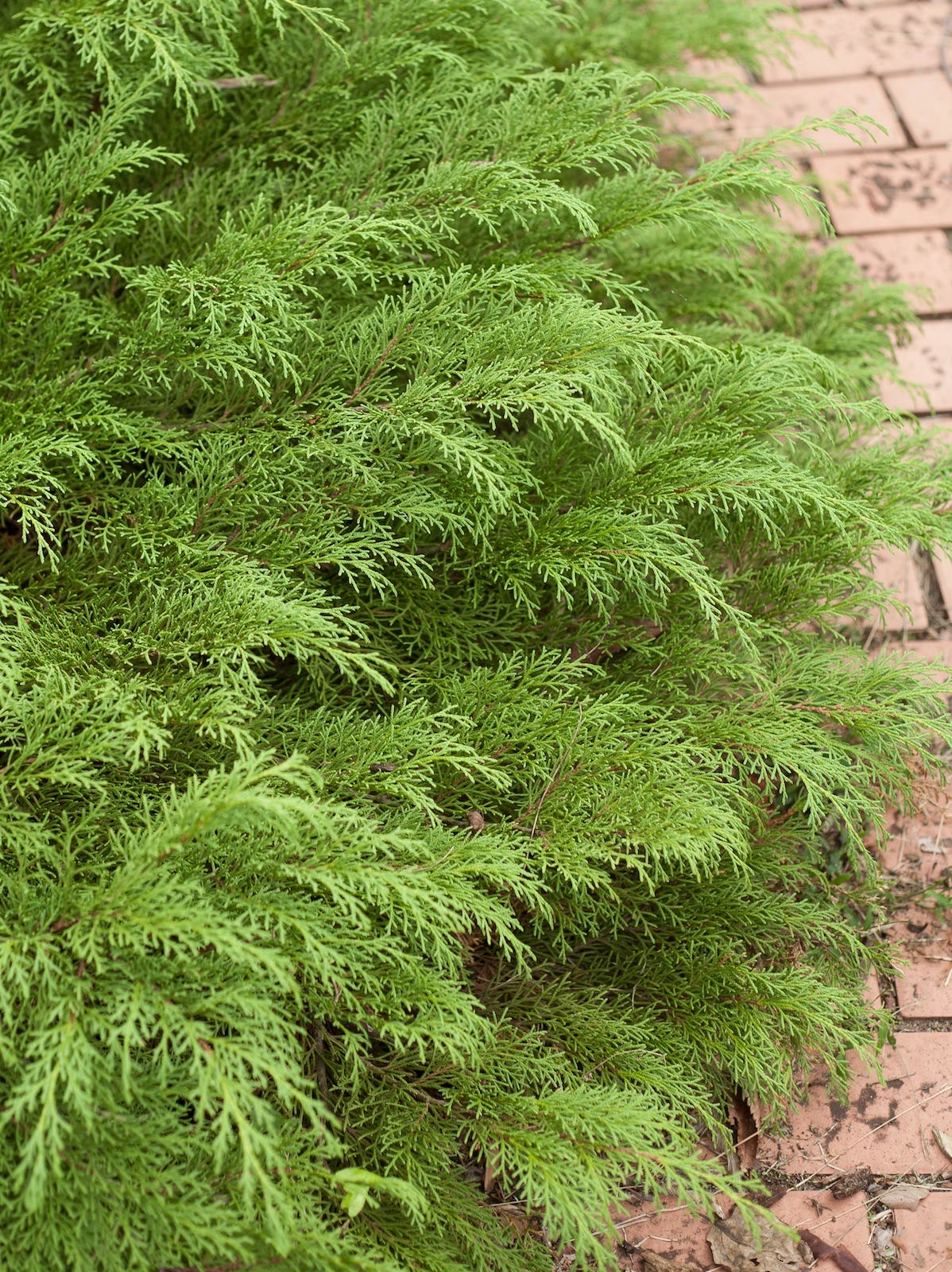How to Grow and Enjoy Your Own Horseradish
It’s been over 10 years now since Mandolin and I quit smoking, the best thing we ever did for ourselves and our family. To those who have been following me…
It’s been over 10 years now since Mandolin and I quit smoking, the best thing we ever did for ourselves and our family. To those who have been following me a while, it will come as no shock that I was a very heavy smoker, three packs and more per day. Moderation was never a word used to describe me.
What made quitting more interesting is that I also went through "the change" during that time. Interesting is probably not the word my poor husband would use. Suffice it to say that it was very dramatic.
An unexpected effect hit my taste buds. Until this point I never liked anything even remotely spicy; a little onion was about as far as I would go. I would have thought that after quitting smoking I would be even more sensitive to strong flavors.
But no. Whatever the reason, I quickly developed a love for hot food: jalapeños, garlic, hot wings, wasabi . . . hot wings dipped in wasabi! There happens to now be a bottle of hot sauce in my desk at work. It is as if my taste buds want to make up for lost time.
Naturally, this led me to planting horseradish. (Yes, this is, after all, a post about horseradish.)
Here’s how to grow it:
1. Get a horseradish root from your local produce department.
2. Plant it in a deep container that has good drainage.
3. Set that container on rocks or a cement base, so the tiny roots cannot get out the bottom. Horseradish can be extremely invasive and difficult to eradicate if it begins to spread by its roots.
4. Water as needed.
5. Wait until the first frost kills the leaves.
6. Dig up as much as you can find (there will be roots left that will grow next year).
If you find your harvest diminishing over time, just toss in a new root and you will be good to go.
If you make homemade or "prepared" horseradish, beware. Fresh horseradish is quite pungent. Grate it outside or near an open window. Your eyes and nose will thank you.
Horseradish facts
Botanical name:Amoracia rusticana
Yield: One root will produce many more and continue to do so every year
Harvest: After a frost is best; harvest late fall or very early spring
Storage: Wash, wrap and refrigerate, or store unwashed in root cellar or other cold holding; freeze or can prepared horseradish in a water bath
Use: Most often served with meat and seafood but can add a little zing to many dishes; believed to have antibacterial properties so it is helpful to ease cold symptoms.
Gardening Jones is a master gardener in Pennsylvania. Learn more atgardeningjones.com/blog
_____________________________________
Learn how to grow other root crops, including carrots, onions, leeks, potatoes and garlic, in the Root Crops download.
Learn all about storing homegrown food with The Joy of Keeping a Root Cellar: The Ultimate Guide to Canning, Freezing, Drying, Smoking and Cellaring the Harvest.
Find out how to grow all sorts of other vegetables in containers in The Vegetable Gardener's Container Bible by Edward C. Smith.
Build all sorts of useful furnishings with Backyard Projects for Today's Homestead, including a chicken coop, pergola, swings and more.



